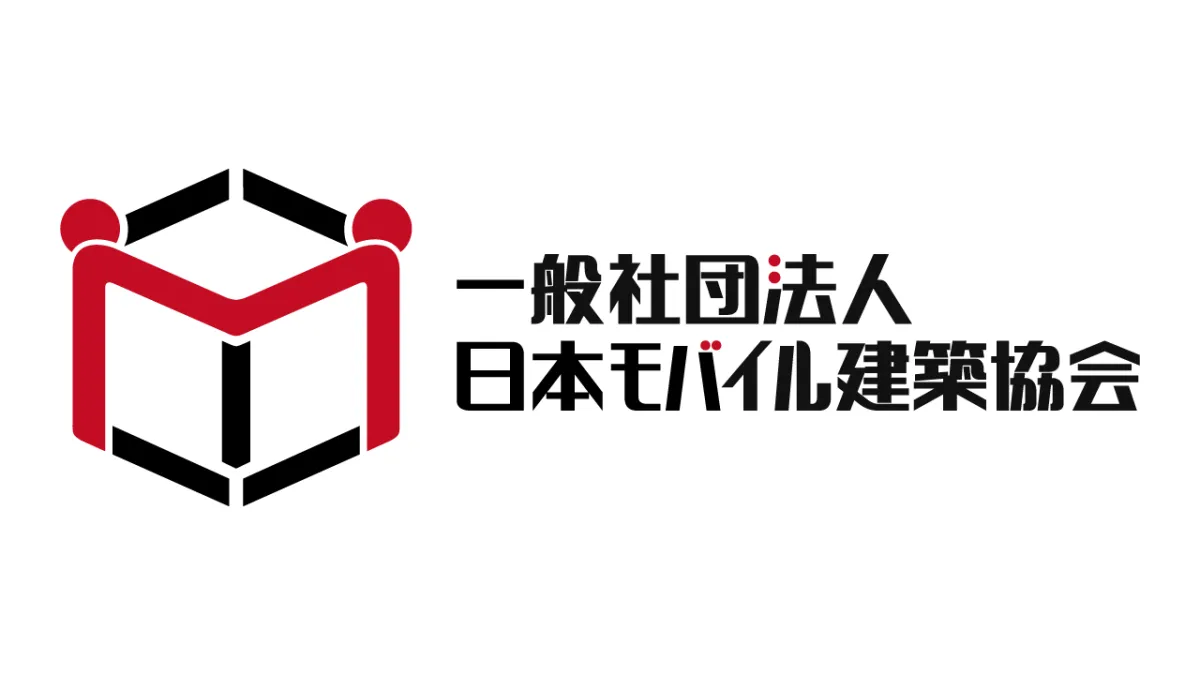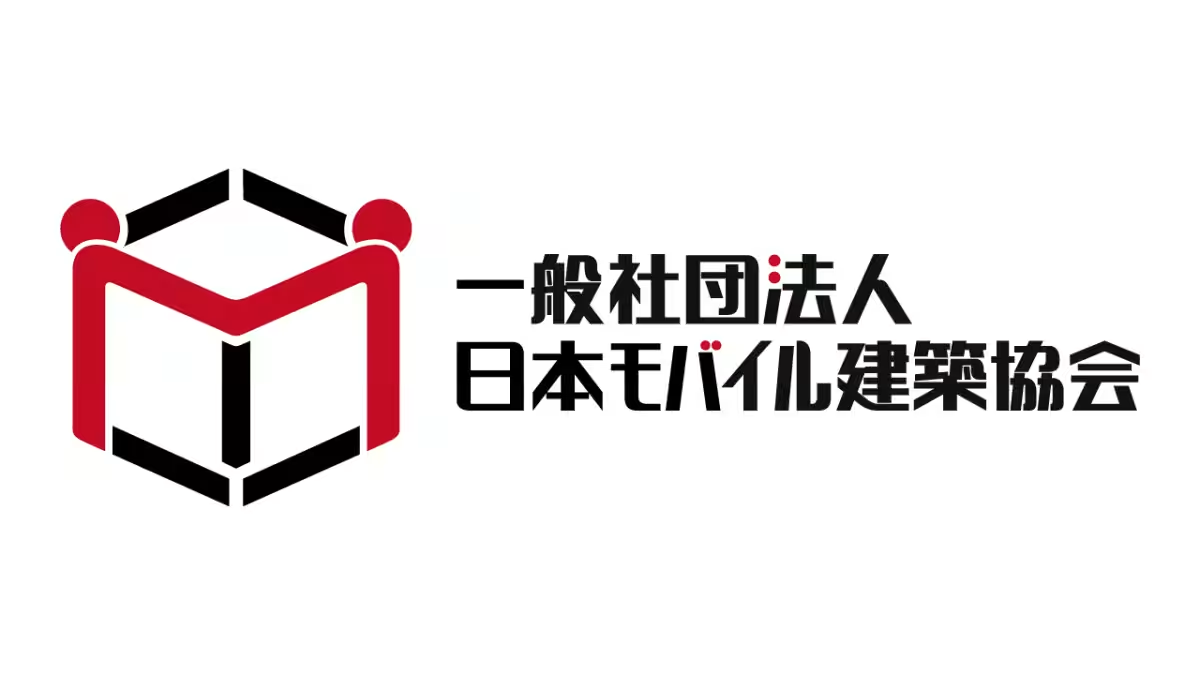

Collaboration Agreements with Prefectures for Mobile Housing in Disaster Relief Efforts
Promoting Temporary Housing Solutions through Mobile Architecture
In light of increasing natural disasters, the importance of rapid and effective temporary housing solutions has gained prominence. The Japan Mobile Building Association, based in Chiyoda, Tokyo, is spearheading efforts aimed at supplying temporary housing using their innovative mobile building designs. Led by Professor Toshinari Nagasaka from Rikkyo University, the organization focuses on developing and disseminating mobile houses that are not only functional but also transitionable to permanent residences post-disaster.
Advantages of Mobile Houses
Mobile buildings are designed to possess safety and durability comparable to conventional permanent homes. After serving their initial purpose as temporary housing, these units can be repurposed into municipal housing or be transferred to individuals affected by disasters, facilitating their journey towards rebuilding their homes independently. This adaptability is a significant asset in disaster-stricken areas, providing immediate shelter while also supporting long-term recovery.
Off-Site Production and Collaboration
The association employs an open construction method that allows it to share design information and manufacturing know-how with small and medium-sized construction firms throughout the country. By dispatching not just equipment but also knowledge, these firms can produce mobile housing units even while being located outside disaster zones. This off-site production approach enables a network of collaboration among local construction companies, ensuring a quick and substantial supply of temporary housing in response to disasters, all without necessitating the presence of skilled labor in the affected areas.
Agreements with Prefectures
To enhance the operational efficiency of providing temporary housing, the association is currently negotiating disaster collaboration agreements with various prefectures and designated major cities, authorized under disaster relief legislation. As of now, three agreements have been formalized:
- - Ishikawa Prefecture: Agreement date - February 29, 2024
- - Tottori Prefecture: Agreement date - August 15, 2024
- - Yamagata Prefecture: Agreement date - May 13, 2025
Case Study: Noto Peninsula Earthquake
During the Noto Peninsula Earthquake in 2024, the association's mobile houses were employed as temporary shelters, with 261 units provided to the affected areas. A strategic plan is in place for these units: after their use, they will be generously converted for municipal housing, aiding the local governments in addressing housing shortages. Moreover, selected units will be donated to individual residents who lost their homes, enabling them to independently reconstruct their living situations.
Supporting Local Communities
The underlying principle guiding the association’s operations is to ensure that local construction companies take the lead in supplying temporary housing in affected regions. When local on-site construction proves difficult, a robust backup system is established where mobile housing units are produced off-site by other small to medium-sized construction firms across the country, and then supplied to local builders. This ensures a seamless integration of support and a swift response to disaster needs.
In conclusion, the Japan Mobile Building Association is committed to innovating temporary shelter solutions through mobile architecture. By fostering collaborations with local governments and construction companies, it aims to reinforce the resilience of communities affected by disasters — providing not just immediate relief, but also a pathway toward permanent recovery.

Topics Other)










【About Using Articles】
You can freely use the title and article content by linking to the page where the article is posted.
※ Images cannot be used.
【About Links】
Links are free to use.